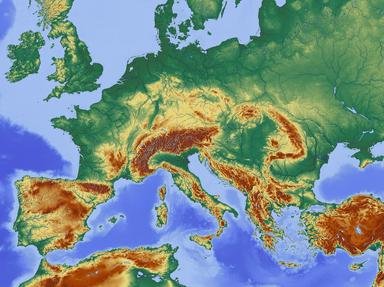Quiz Answer Key and Fun Facts
1. Opinions differ as to which countries make up Scandinavia, but most seem to agree on at least three. Which three?
2. The North Germanic, or Nordic, branch of the Germanic languages today has five living members. Which of these is NOT a Nordic language?
3. In a Scandinavia quiz, there should be Vikings. Which of these was a common term for Vikings in the British Isles?
4. 66 degrees North. What's there?
5. In Scandinavia, the governments take care of their people. What do these countries have?
6. In terms of population, which Scandinavian country was the largest in 2016?
7. We do sports in Scandinavia. Which of our countries has been an all-time leader in Olympic medals?
8. Denmark, Norway and Sweden share a flag carrier airline.
9. The monarchs of Denmark and Norway during WWII were related. How?
10. Iceland was part of the Kingdom of Norway until 1944.
Source: Author
einhardno
This quiz was reviewed by FunTrivia editor
Pagiedamon before going online.
Any errors found in FunTrivia content are routinely corrected through our feedback system.


